Technological Innovations
Technological innovations play a pivotal role in shaping the Vacuum Mixing Device Market. The introduction of advanced features such as automated controls, real-time monitoring, and enhanced energy efficiency is transforming the landscape of mixing technologies. These innovations not only improve the operational efficiency of mixing processes but also reduce production costs. As industries seek to optimize their manufacturing processes, the demand for technologically advanced vacuum mixing devices is expected to rise. Market analysis suggests that the integration of smart technologies could lead to a potential increase in market share for manufacturers who adapt to these advancements, thereby fostering a competitive edge in the Vacuum Mixing Device Market.
Pharmaceutical Industry Growth
The Vacuum Mixing Device Market is significantly influenced by the expansion of the pharmaceutical sector. As the demand for high-quality pharmaceuticals increases, manufacturers are increasingly relying on vacuum mixing devices to ensure uniformity and precision in drug formulation. The ability of these devices to minimize air incorporation during mixing is crucial for producing stable and effective pharmaceutical products. Recent data suggests that the pharmaceutical industry is projected to grow at a rate of around 7% annually, further propelling the need for advanced mixing technologies. This growth not only highlights the critical role of vacuum mixing devices in pharmaceutical manufacturing but also indicates a robust market opportunity for suppliers and manufacturers.
Increased Focus on Quality Control
Quality control has become a paramount concern across various industries, significantly impacting the Vacuum Mixing Device Market. As companies strive to meet stringent regulatory standards and consumer expectations, the demand for reliable mixing solutions has intensified. Vacuum mixing devices are recognized for their ability to produce homogeneous mixtures while minimizing contamination risks. This focus on quality assurance is particularly evident in sectors such as cosmetics and personal care, where product consistency is crucial. Market trends indicate that investments in quality control technologies, including vacuum mixing devices, are likely to increase, thereby driving market growth and enhancing the overall reliability of product offerings.
Rising Demand in Food and Beverage Sector
The Vacuum Mixing Device Market is experiencing a notable surge in demand, particularly within the food and beverage sector. This growth is attributed to the increasing need for efficient mixing processes that enhance product quality and consistency. As consumers become more health-conscious, manufacturers are compelled to adopt advanced mixing technologies that preserve the nutritional value of ingredients. Reports indicate that the food and beverage sector accounts for a substantial share of the Vacuum Mixing Device Market, with projections suggesting a compound annual growth rate of approximately 6% over the next five years. This trend underscores the importance of vacuum mixing devices in producing high-quality food products, thereby driving market expansion.
Sustainability and Eco-Friendly Practices
The growing emphasis on sustainability and eco-friendly practices is reshaping the Vacuum Mixing Device Market. Manufacturers are increasingly adopting vacuum mixing technologies that not only enhance product quality but also reduce waste and energy consumption. The shift towards sustainable production methods is driven by both regulatory pressures and consumer preferences for environmentally responsible products. Data suggests that companies implementing eco-friendly practices in their manufacturing processes can achieve significant cost savings and improve their market positioning. As sustainability becomes a core value for businesses, the demand for vacuum mixing devices that align with these principles is expected to rise, further propelling market growth.


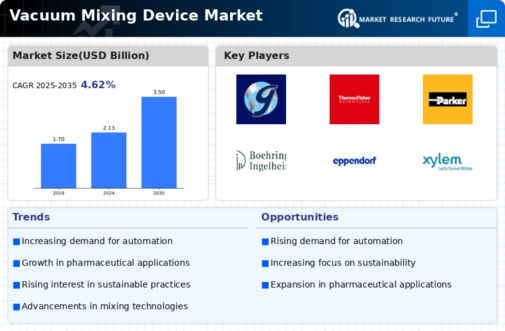
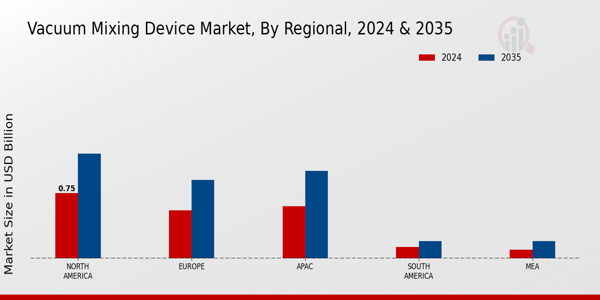




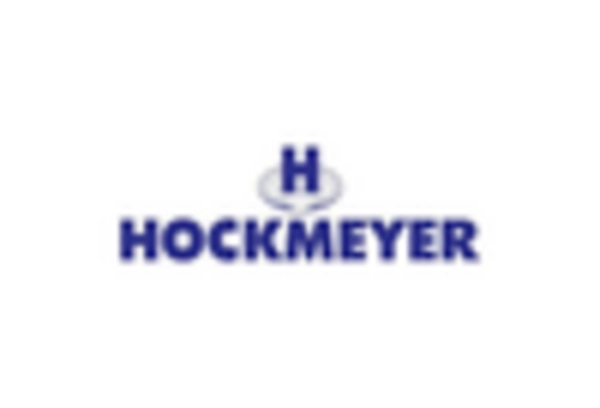
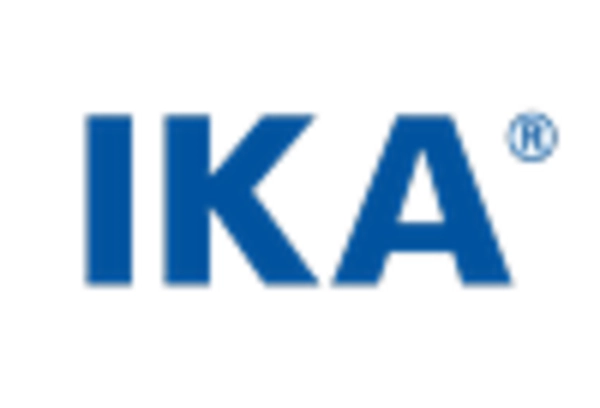
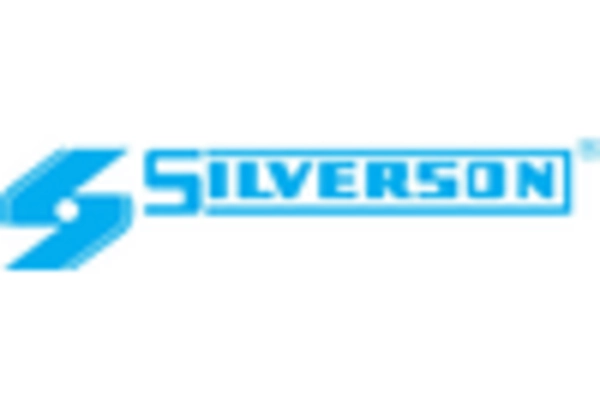








Leave a Comment